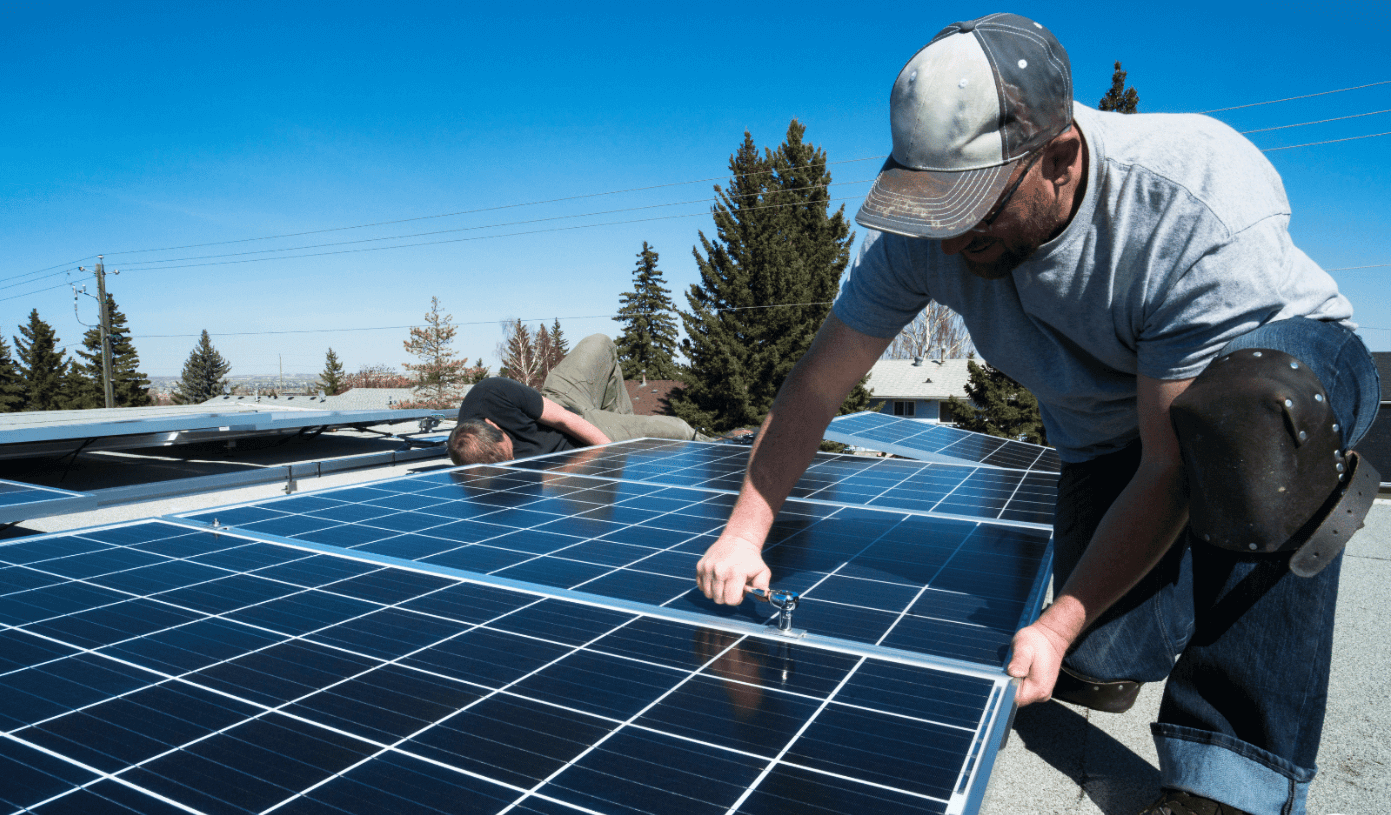In our ever-evolving world, the quest for cleaner and more sustainable energy sources has never been more vital. Panels have emerged as a beacon of hope, harnessing the power of the sun to generate electricity. But have you ever wondered what makes up these innovative devices? Join us on a journey to demystify the components that constitute what are solar panels made of and how they contribute to a greener tomorrow.
The Basics: Solar Panel Composition
Silicon Wafers
At the heart of every panel are silicon wafers. These thin, semiconductor materials serve as the foundation for converting sunlight into electricity. Silicon’s exceptional conductivity makes it a prime choice for this purpose.
Photovoltaic Cells
The silicon wafers are adorned with photovoltaic cells, also known as solar cells. These cells are responsible for capturing sunlight and initiating the electricity generation process through a phenomenon called the photovoltaic effect.
Encapsulation
To protect the fragile photovoltaic cells from environmental factors, they are encapsulated within a layer of durable and transparent materials, typically glass. This encapsulation ensures the longevity of the solar panel.
Backsheet
Beneath the photovoltaic cells, a back sheet made of materials like polymer or aluminum provides insulation and protection against moisture, ensuring the panel’s durability.
Layers of Functionality
Conductive Layers
Panels contain multiple conductive layers that facilitate the flow of electrons generated by the photovoltaic cells. These layers are usually made of metals like silver or aluminum.
Anti-Reflective Coating
To maximize light absorption, an anti-reflective coating is applied to the front surface of the panel. This coating minimizes the reflection of sunlight, allowing more photons to reach the photovoltaic cells.
Frame
A sturdy frame upholds the structural integrity of a panel, often crafted from aluminum. This frame supports the panel and aids in mounting and installation.
The Environmental Aspect
Ethical Concerns
As the demand for panels grows, so do concerns about their environmental impact. The production of silicon wafers involves energy-intensive processes and the use of potentially harmful chemicals.
Recycling Efforts
To address these concerns, the industry is actively working on recycling methods to reduce waste and minimize the environmental footprint of panels.
The Future of Solar Panels
Thin-Film Panels
Innovation is relentless in the world of solar technology. Thin-film solar panels, using materials like amorphous silicon, are emerging as a lightweight and flexible alternative to traditional crystalline panels.
Efficiency Improvements
Researchers are continually striving to enhance the efficiency of panels, making them more affordable and accessible for a wider range of applications. Read more…
Conclusion
In conclusion, what are solar panels made of are a remarkable blend of science, engineering, and environmental consciousness. Composed primarily of silicon wafers, photovoltaic cells, encapsulation, and various protective layers, they hold the key to a cleaner, more sustainable energy future.
But as we embrace this solar revolution, we must also consider its environmental impact and the ongoing efforts to mitigate it. The future promises even more exciting innovations in solar panel technology, paving the way for a brighter and greener world.
FAQs (Frequently Asked Questions)
1. Are all panels made of silicon?
No, while silicon is the most common material used in solar panels, there are alternative technologies such as thin-film panels, that use different materials like amorphous silicon.
2. What is the lifespan of a typical solar panel?
Solar panels can last for 25 years or more with proper maintenance. Some manufacturers offer warranties that extend even longer.
3. How do solar panels contribute to reducing electricity bills?
Solar panels generate electricity from sunlight, which can offset your traditional electricity consumption, leading to lower utility bills.
4. Can solar panels work during cloudy days or at night?
While solar panels are less efficient on cloudy days or at night, they can still generate some electricity, thanks to ambient light or stored energy in connected batteries.
5. How can I dispose of old solar panels responsibly?
It’s crucial to recycle solar panels when they reach the end of their life. Many manufacturers and recycling centers accept old solar panels for proper disposal and recycling.










